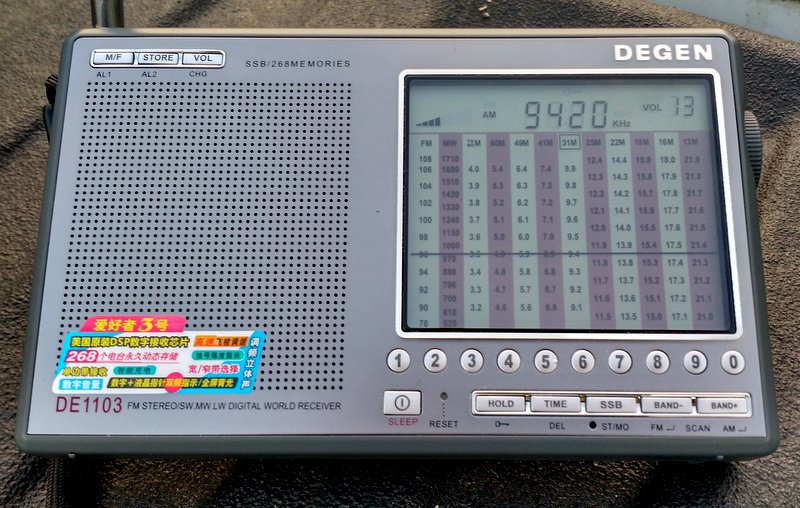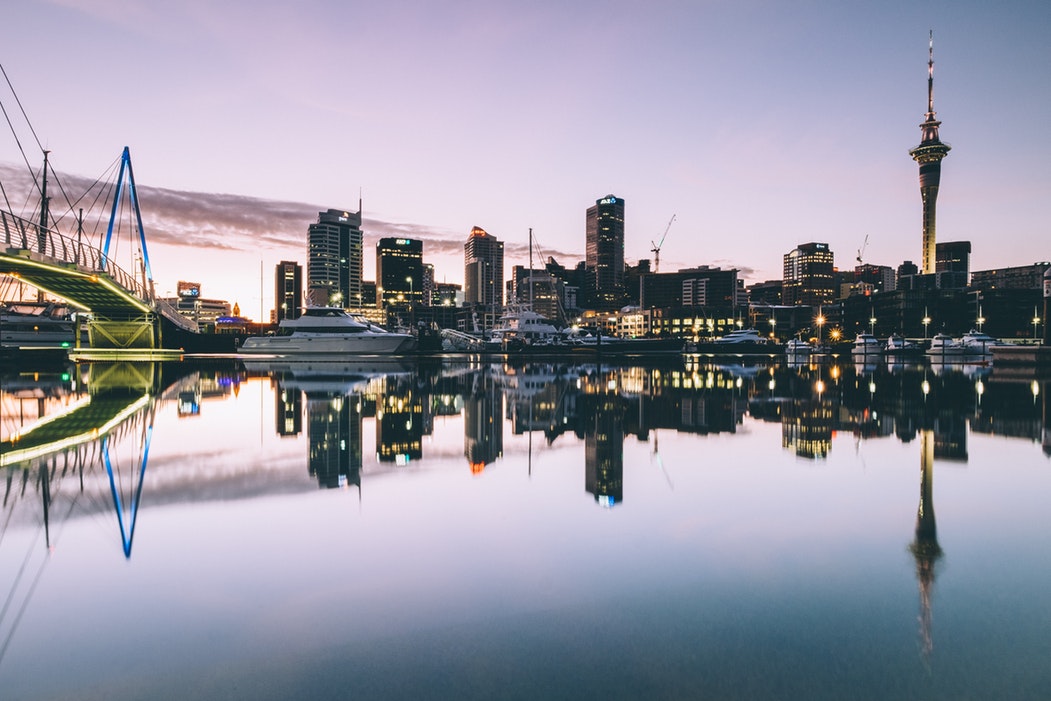Radio New Zealand International (Part 2): July 7, 2007
/The following recording was made by the late Michael Pool (The Professor) on July 7, 2007 with a Degen DE1103 in NYC. This recording (Part 1) was included in a post he had written on his blog, The Radio Kitchen. Click here to read this post in the SWLing Post Radio Kitchen Archive.
Here’s a description of this recording, written by The Professor. Note that the first recording was posted separately on the SRAA:
“[P]art two of this recording begins with the flip of the the tape. At the onset of this archive the interview is aborted in mid-sentence and a female announcer formally announces that Radio New Zealand International is closing on this frequency. After twice insisting that I “re-tune to six-zero-nine-five kilohertz in the forty-nine meter band” (followed by a clipped “This is New Zealand”), it all sounds so damn official that I felt compelled to follow the instructions. Although I knew that just because RNZI was booming in on 31 meters didn’t necessarily mean it would come in so strong (or might even be heard) on the 49 meter band.
You hear RNZI’s interval signal (the call of the New Zealand Bellbird) after the station ID, and then the signal at 9165kHz goes dead. I then put the tape deck on pause and punch up 6095 kHz on the Degen and release the pause button. And there it was! The call of the Bellbird is quite clear there as well, although a nearby signal is chewing on the edges of the reception a bit.
Whoever is running the board down there in the South Pacific was a little sloppy that night. After the interval signal the board-op starts to pot up the interview again (which is still running on one of the channels). But the mistake is corrected in a fraction of second, and it’s the news with Phil O’Brien. The lead story, a nationwide “Drunk Drive Blitz” the night before had netted over two-hundred inebriated kiwis on the highways down there. And an update on the aftermath of an unprecedented swarm of tornados that ravaged the North Island a couple of nights earlier.
After the news, it’s the beginning of a program I can barely believe I’m hearing in 2007. A faux flapper-era theme song launches a “nostalgia packed selection of favorites” that will saturate the skies of Oceania for the next four hours. While I love a lotta old music, the whole idea of “nostalgia” can get a little silly. Although I must say that old Joe Franklin used to pull it off with some charm on WOR here in New York City before he gave up the show a few years back. It’s really an approach to radio that’s all but dead here in the states. But apparently not in New Zealand.”
This recording was made on July 7, 2007 on 9615 kHz, then 6095 kHz, starting around 0658 UTC:


















